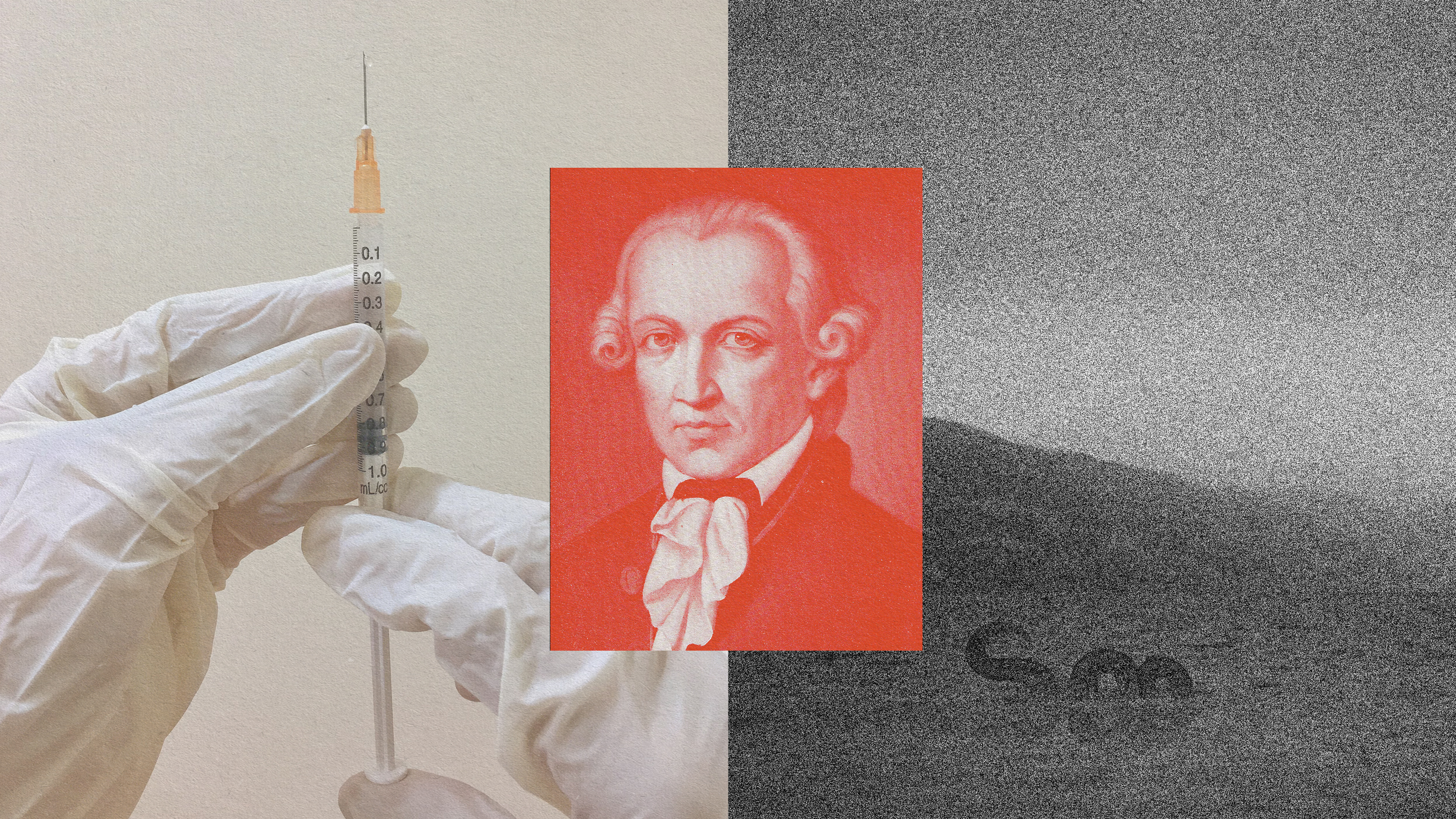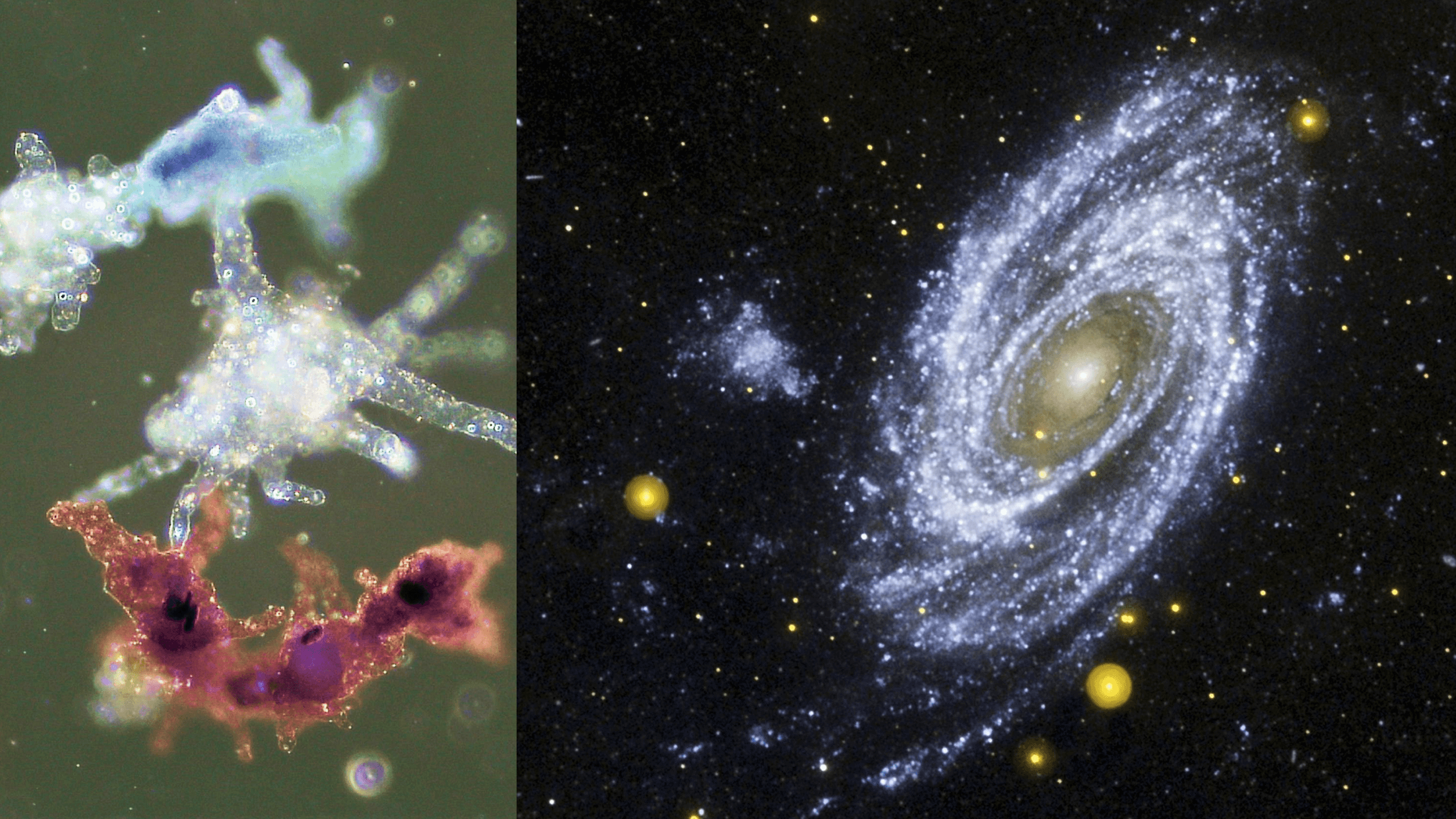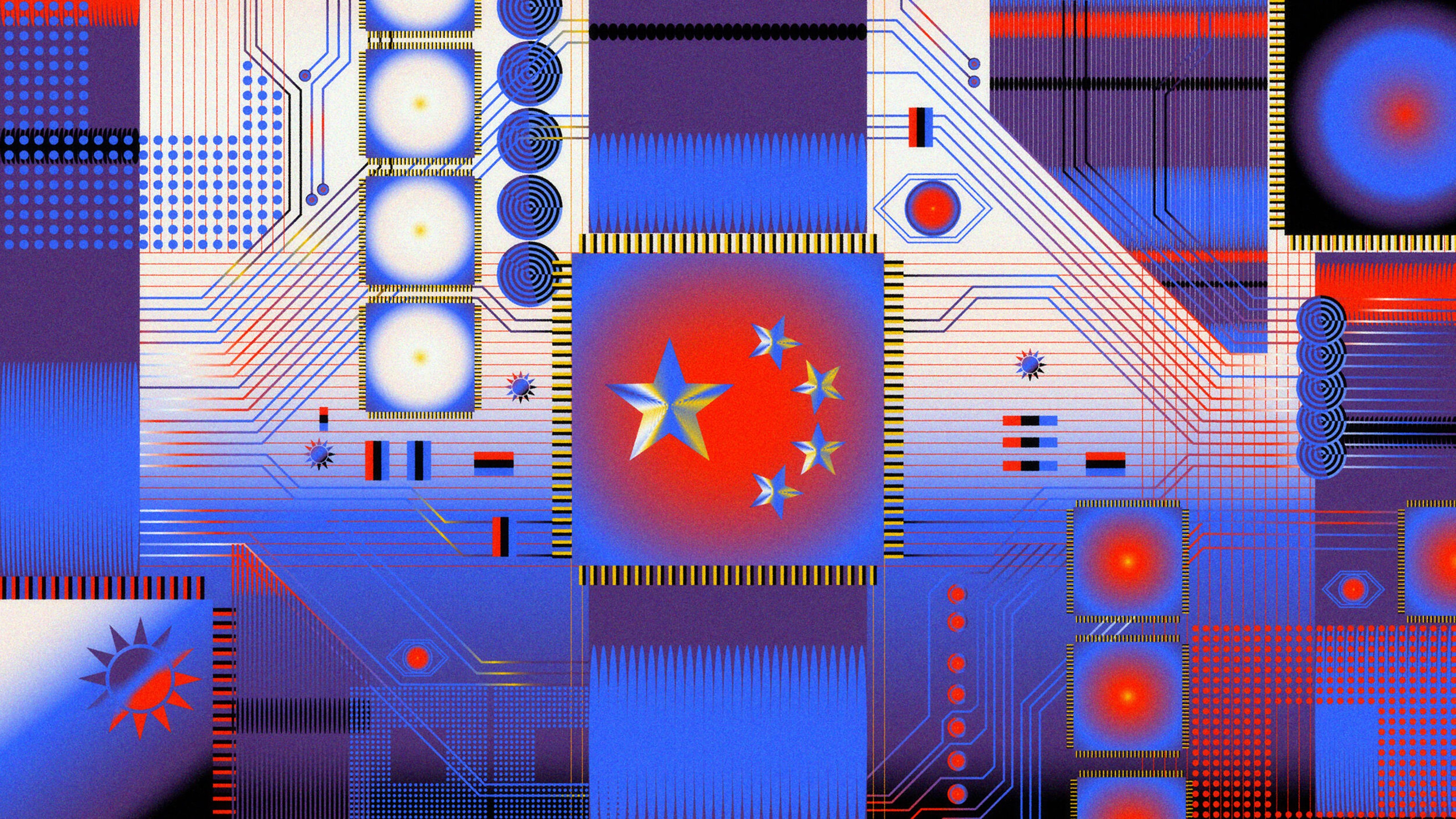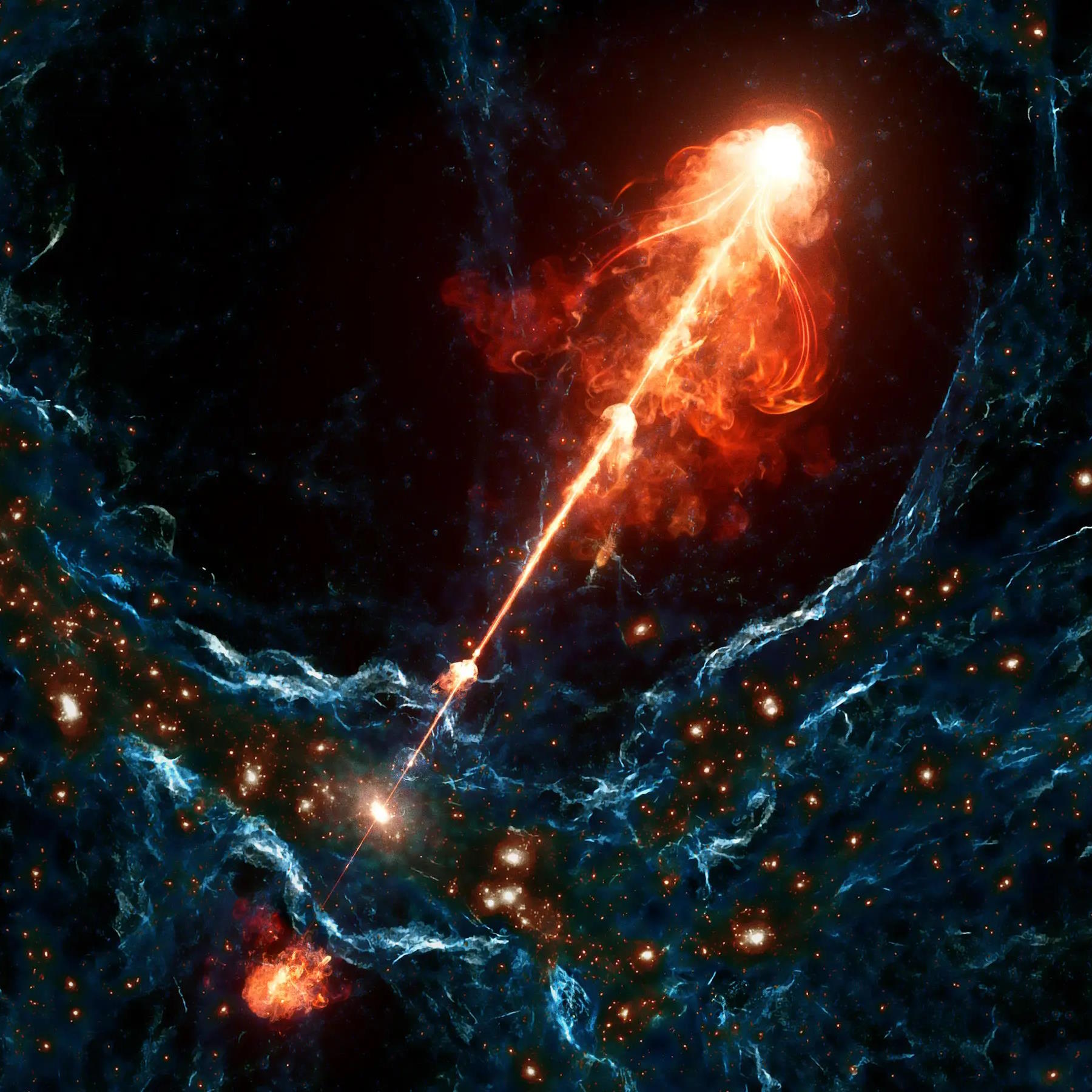The most massive early galaxies grew up faster, and have more stars, than astronomers expected, according to JWST. What does it all mean?
All Articles
Daniel Goleman: Why emotional intelligence may be the number one indicator of organizational success
Today’s technology presents unique challenges for social awareness and relationship management at work, making emotional intelligence all the more critical.
While we’re busy wondering whether machines will ever become conscious, we rarely stop to ask: What happens to us?
If you have any sort of power for any reasonable length of time, you will be changed by it — awareness of the effects is crucial.
There are a few small cosmic details that, if things were just a little different, wouldn’t have allowed our existence to be possible.
Off-the-shelf consumer technology is helping people pursue their interests — and advancing science at the same time.
Recent controversies bode ill for the effort to detect life on other planets by analyzing the gases in their atmospheres.
AI software is rapidly accelerating chip design, potentially leveling up the speed of innovation across the economy.
Astronomer Adam Frank asks: With so many extraordinary claims, why can’t anybody produce the proof?
“I have a friend who thinks vaccines cause autism,” writes Nina. “What can I do?”
The truly talented are those who got to where they are despite preconceived expectations.
When we see pictures from Hubble or JWST, they show the Universe in a series of brilliant colors. But what do those colors really tell us?
Of the millions of substances people encounter daily, health researchers have focused on only a few hundred. Those in the emerging field of exposomics want to change that.
In the 18th century, David Hume argued that we are only motivated to do good when our passions direct us to do so. Was he right?
Welcome to The Nightcrawler — a weekly newsletter from Eric Markowitz covering tech, innovation, and long-term thinking.
The last naked-eye Milky Way supernova happened way back in 1604. With today’s detectors, the next one could solve the dark matter mystery.
How did life on Earth begin? Is there life on other worlds? An answer to either question will reflect heavily on the other.
A member of a species that kills trees, this mushroom is not the first to be called the Humongous Fungus — and perhaps not the last.
Since 1930, type Ia supernovae have been thought to arise from white dwarfs exceeding the Chandrasekhar mass limit. Here’s why that’s wrong.
“The evolution of digital media makes stricter regulation of online behavior not only feasible but inevitable,” writes media ecologist Andrey Mir.
Startup success can often hinge on a key lesson derived from behavioral science … and Jerry Seinfeld’s “Night Guy vs. Morning Guy” routine.
In partisan political times, recognizing the scientific truth is more important than ever. Scientists must be vocal and clear about reality.
The cat-and-mouse game between China and the world’s semiconductor companies is already having enormous consequences.
The race to find dark matter could grow more complex with high-energy neutrino interference.
In astronomy, a star’s initial mass determines its ultimate outcome in life. Unless, that is, a stellar companion alters the deal.
The color of the shirt you’re wearing right now depends on many factors, from your eye shape to what language you speak.
A prolonged strike could cost the economy between $500 million to $4.5 billion per day.
Black holes are the most massive individual objects, spanning up to a light-day across. So how do they make jets that affect the cosmic web?
Scientists have created a magnificent portrait of every connection among neurons in a fruit fly’s brain.
There’s little more infuriating in the world than being told to “calm down” when you’re in the midst of a simmering grump.





























